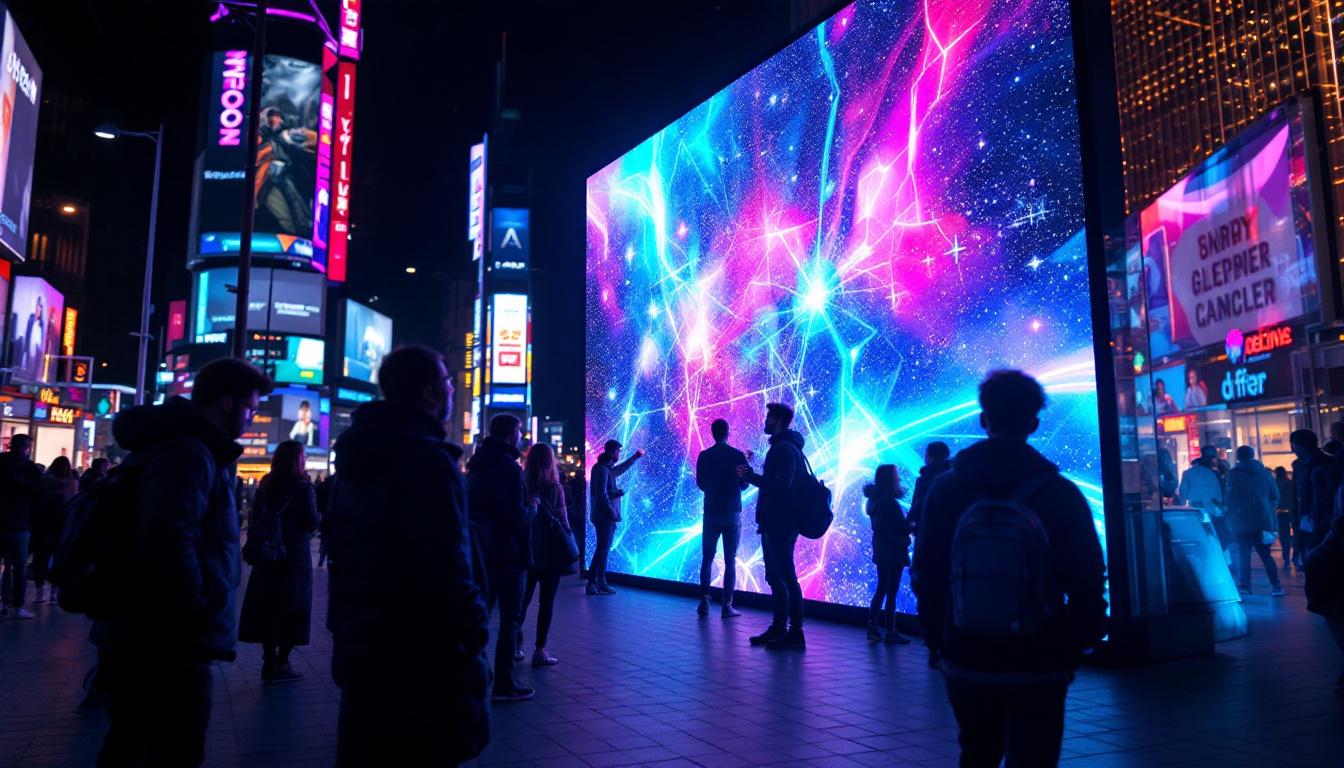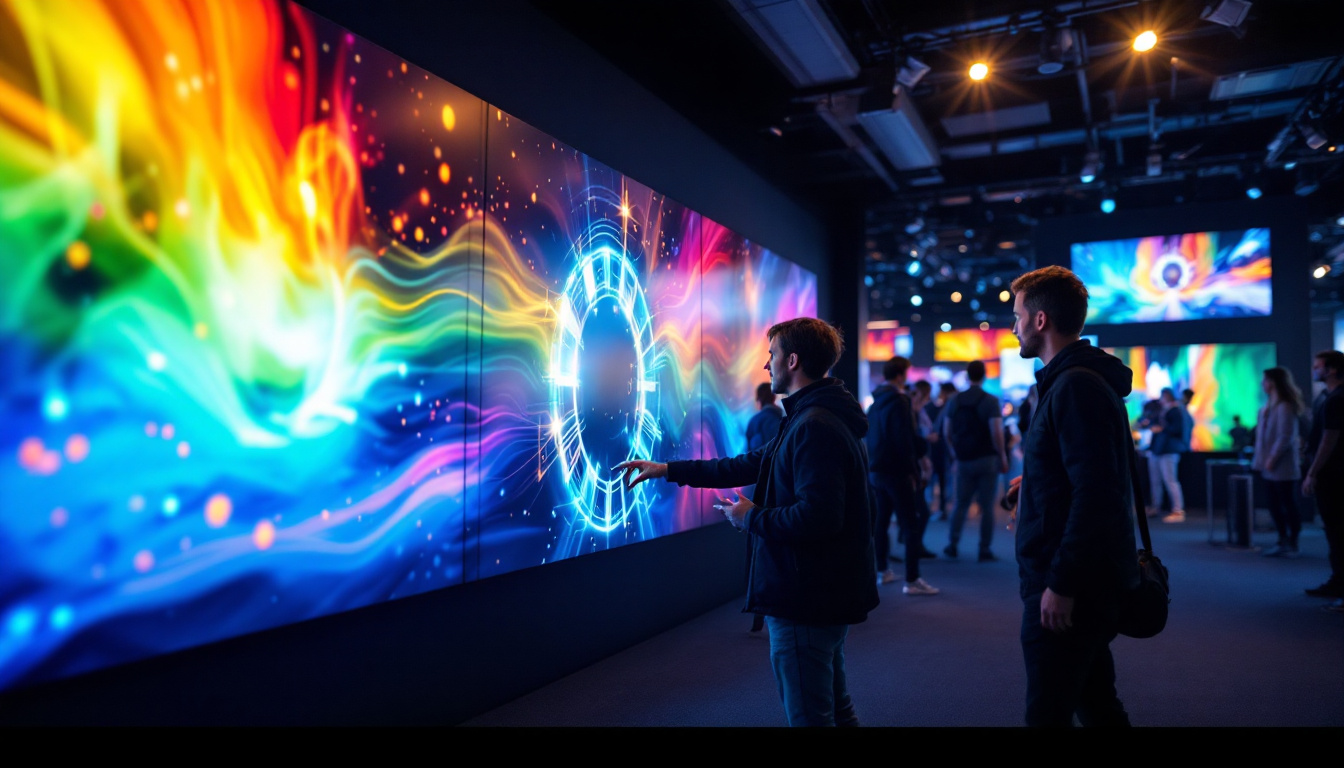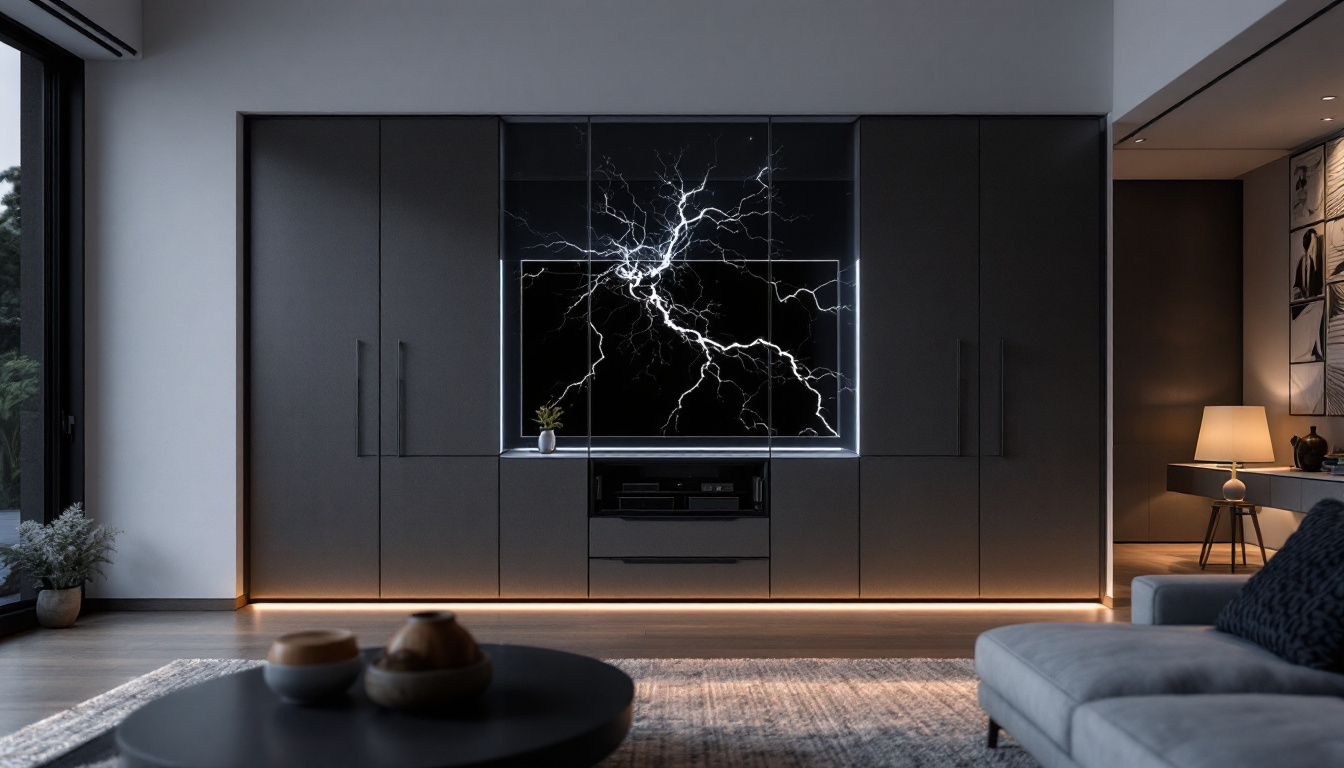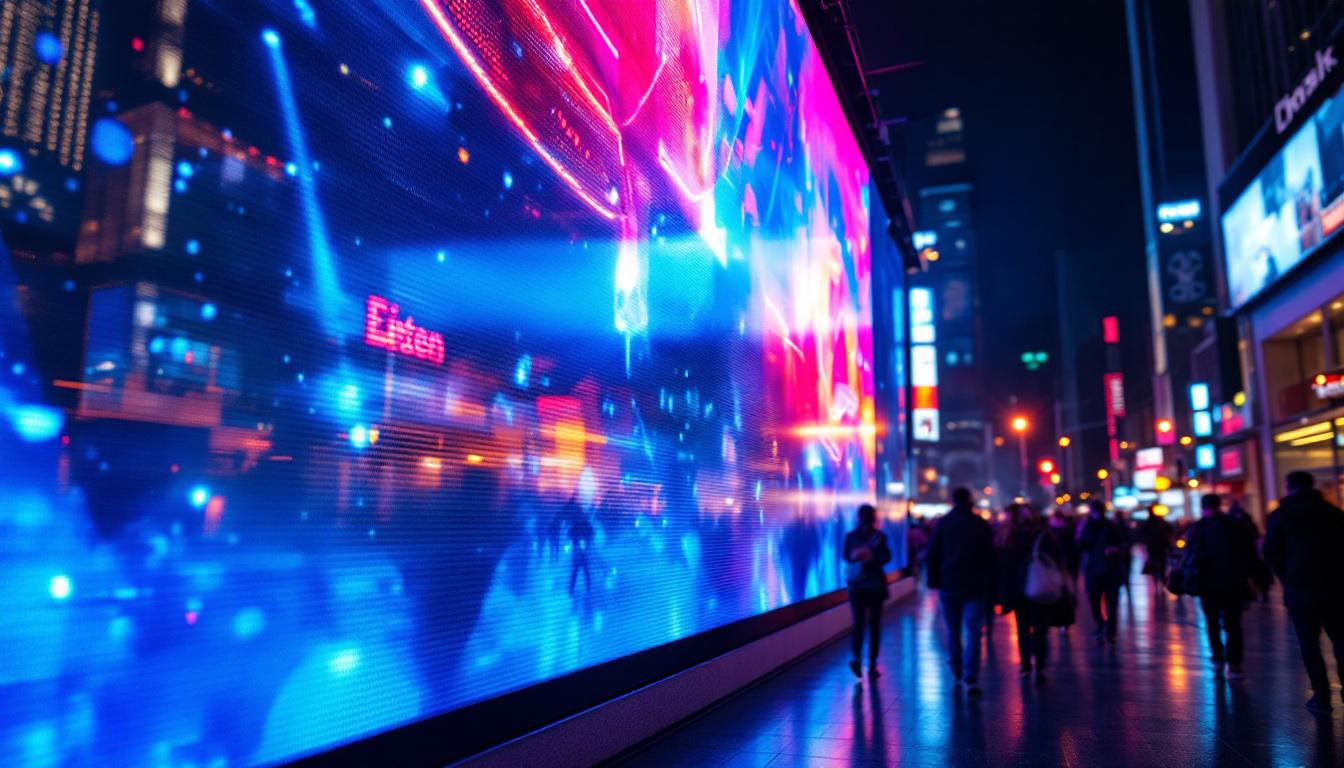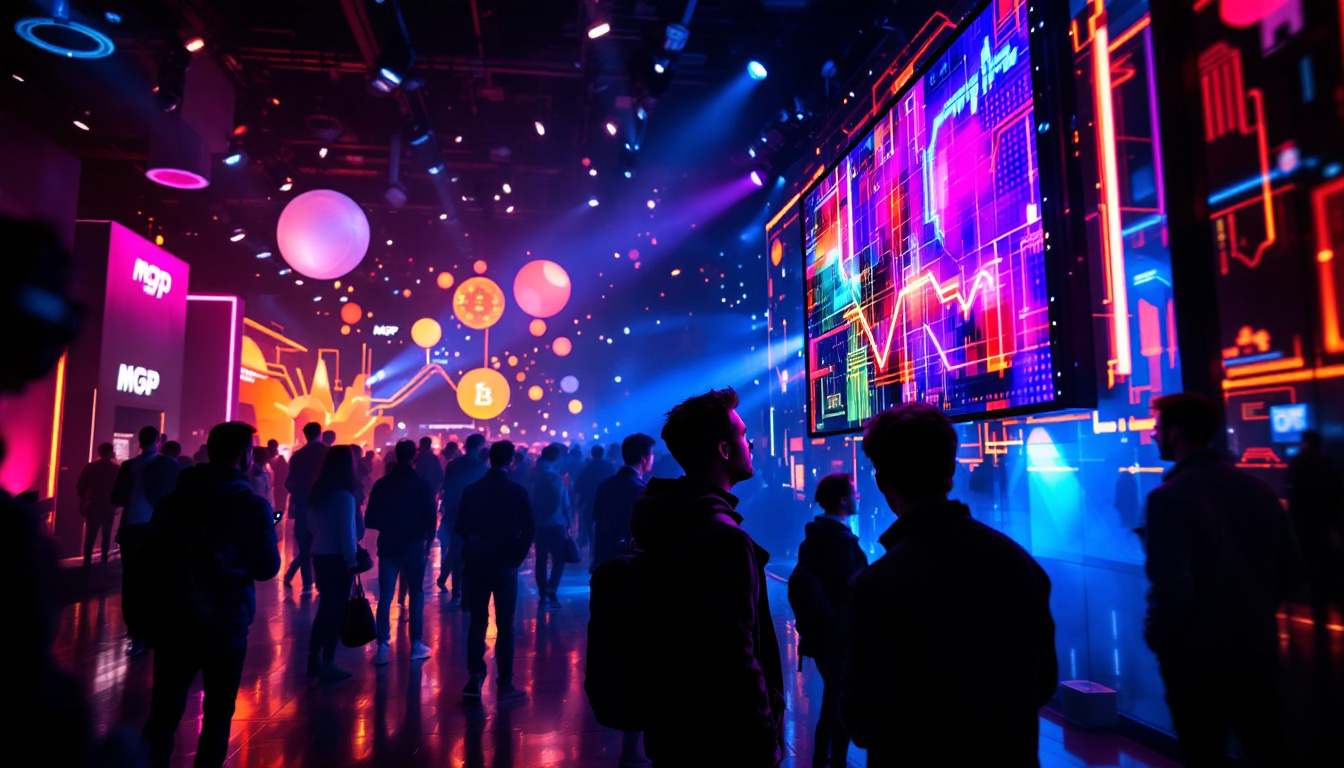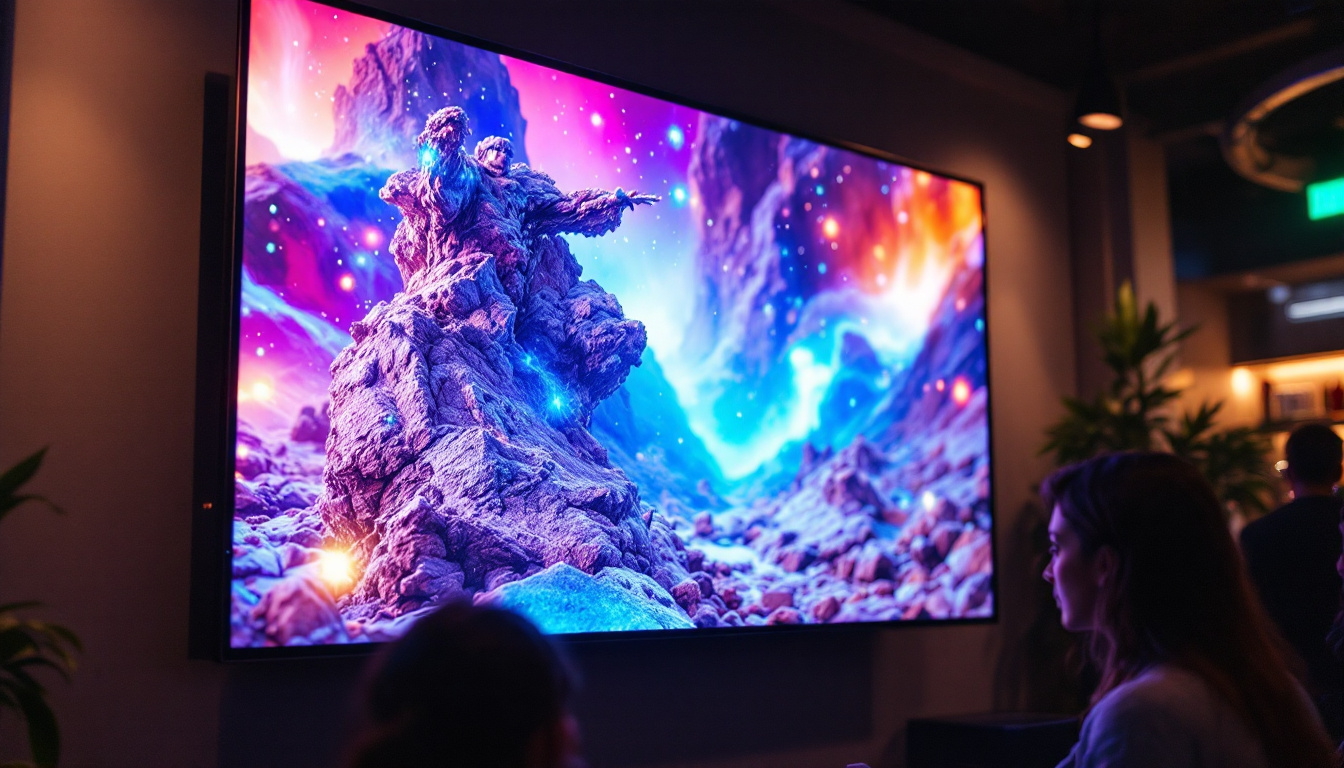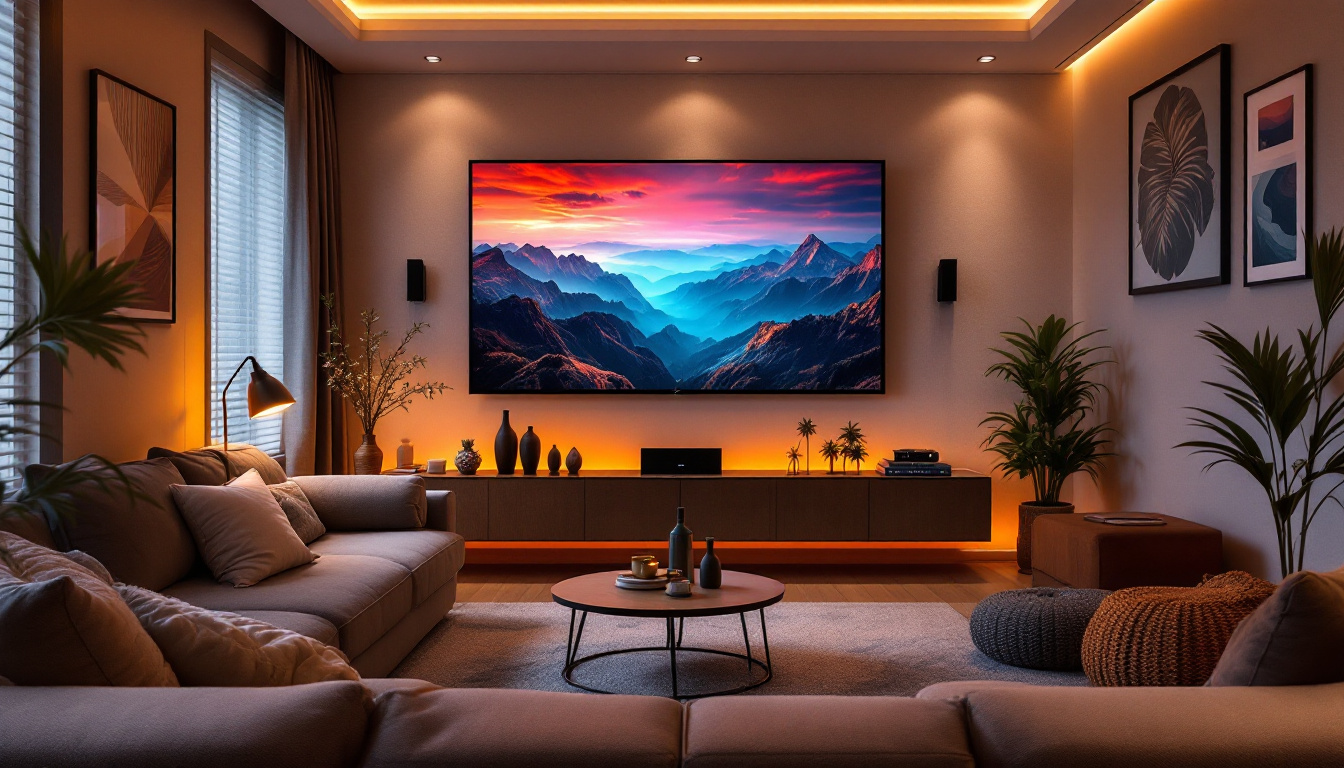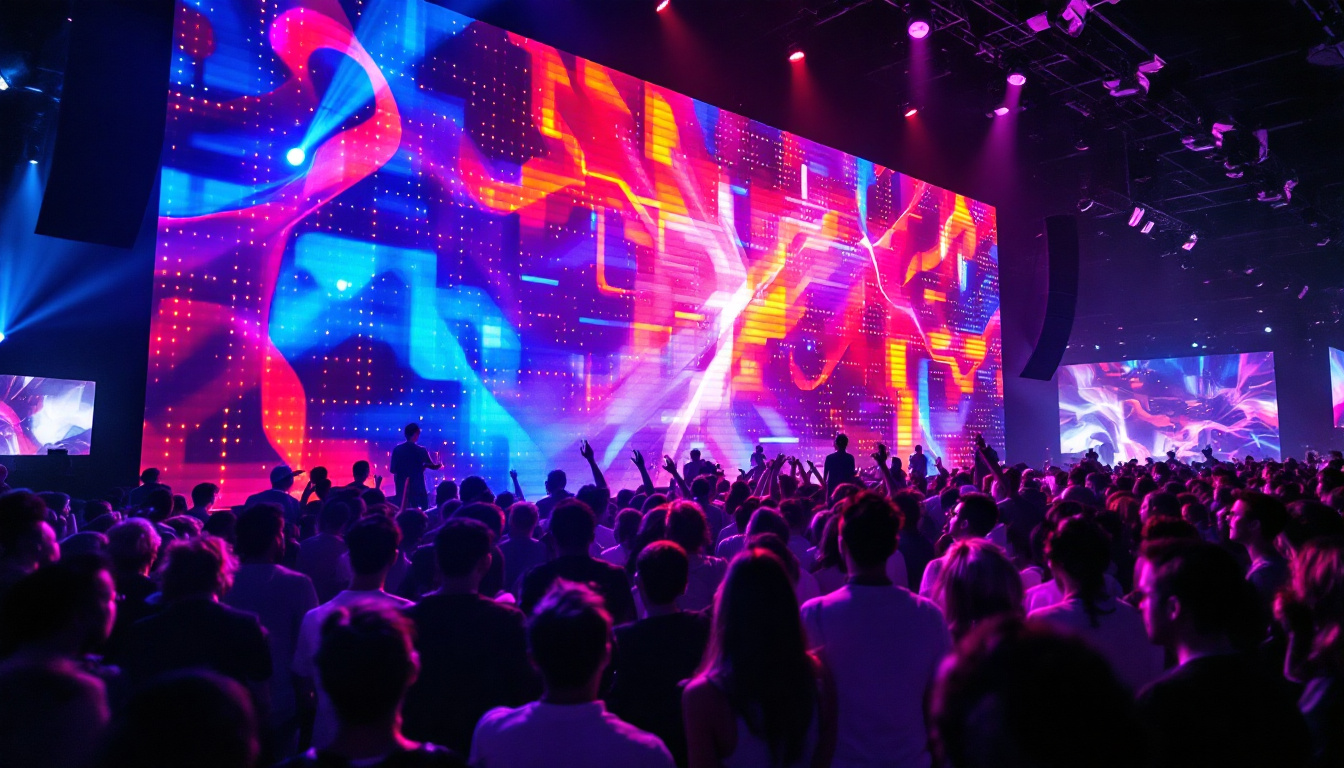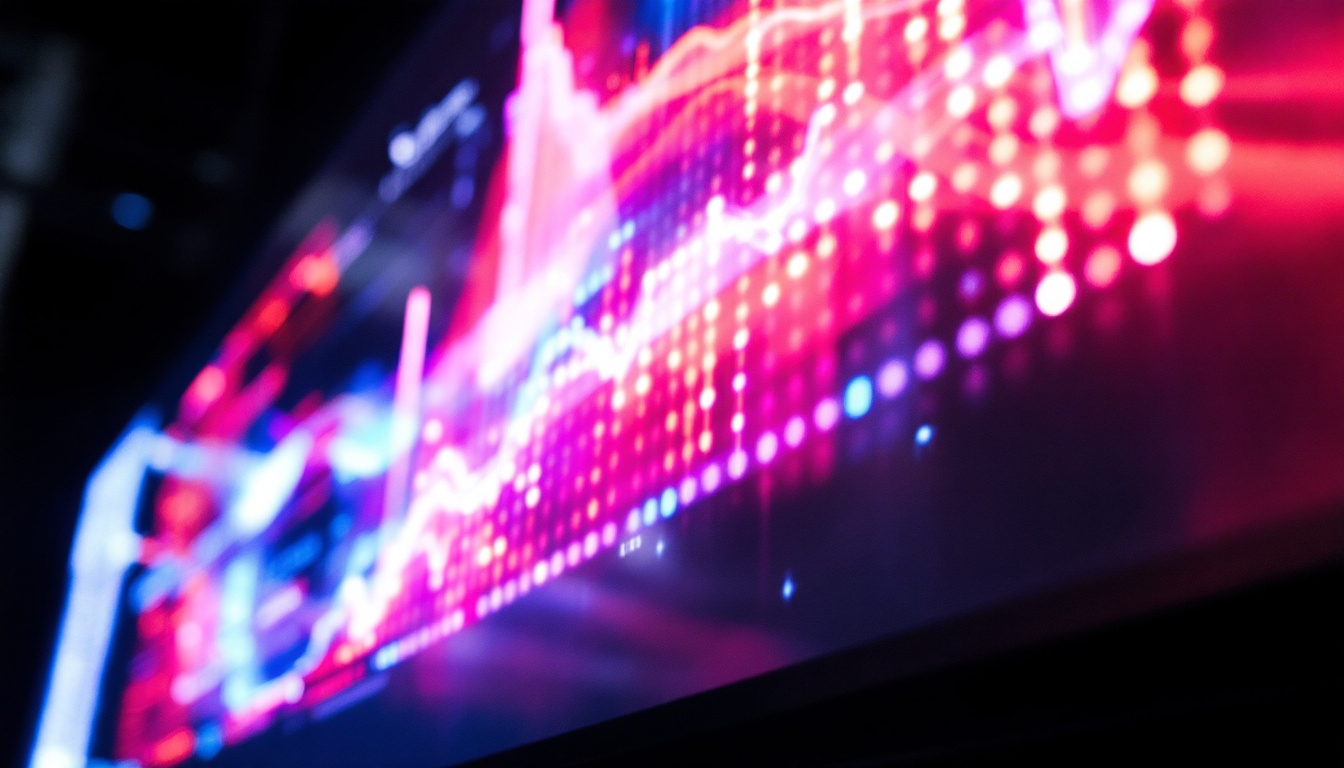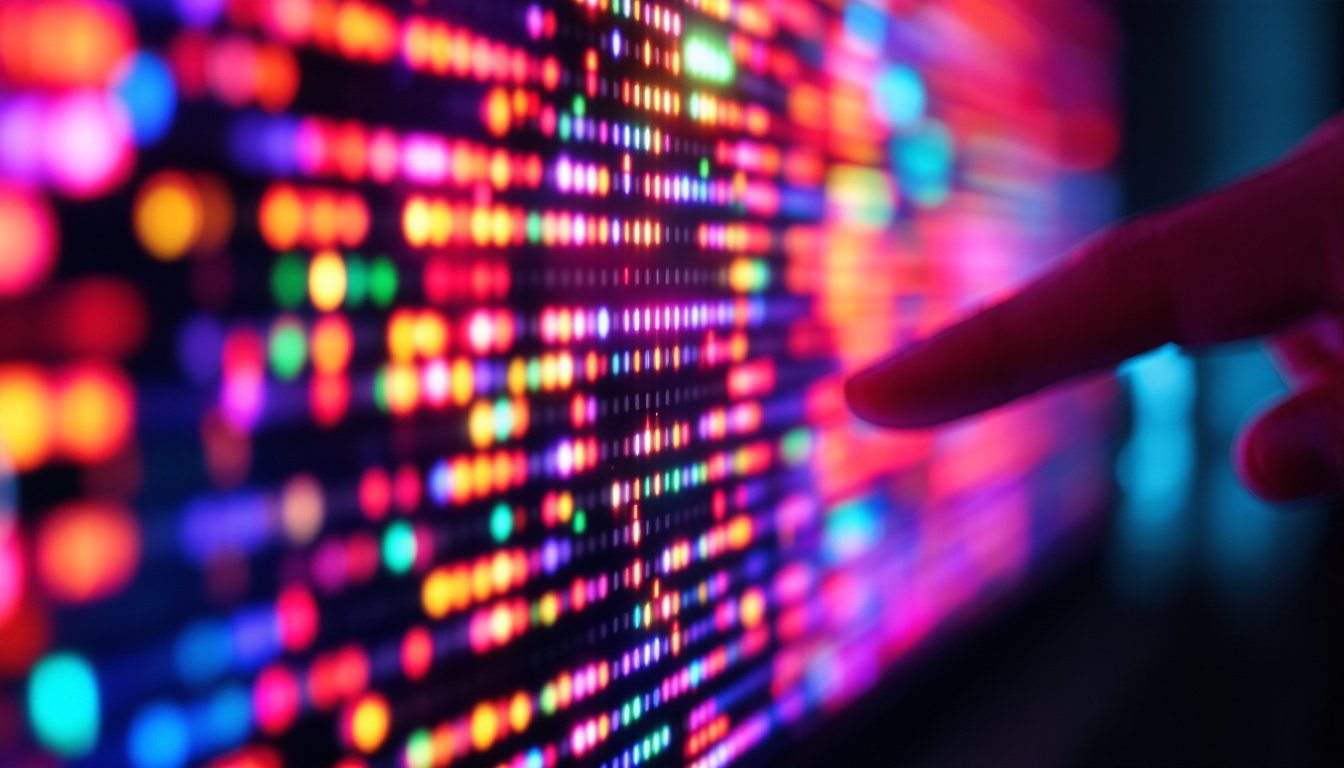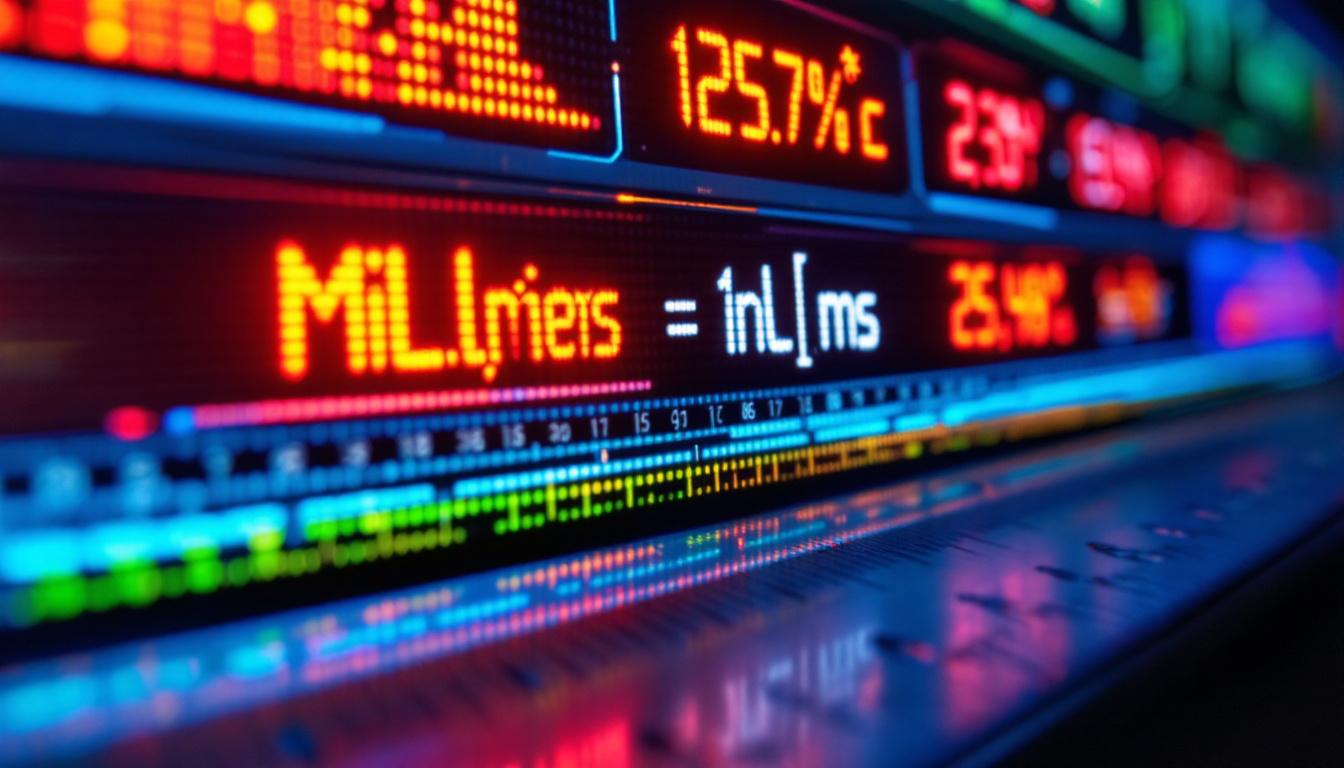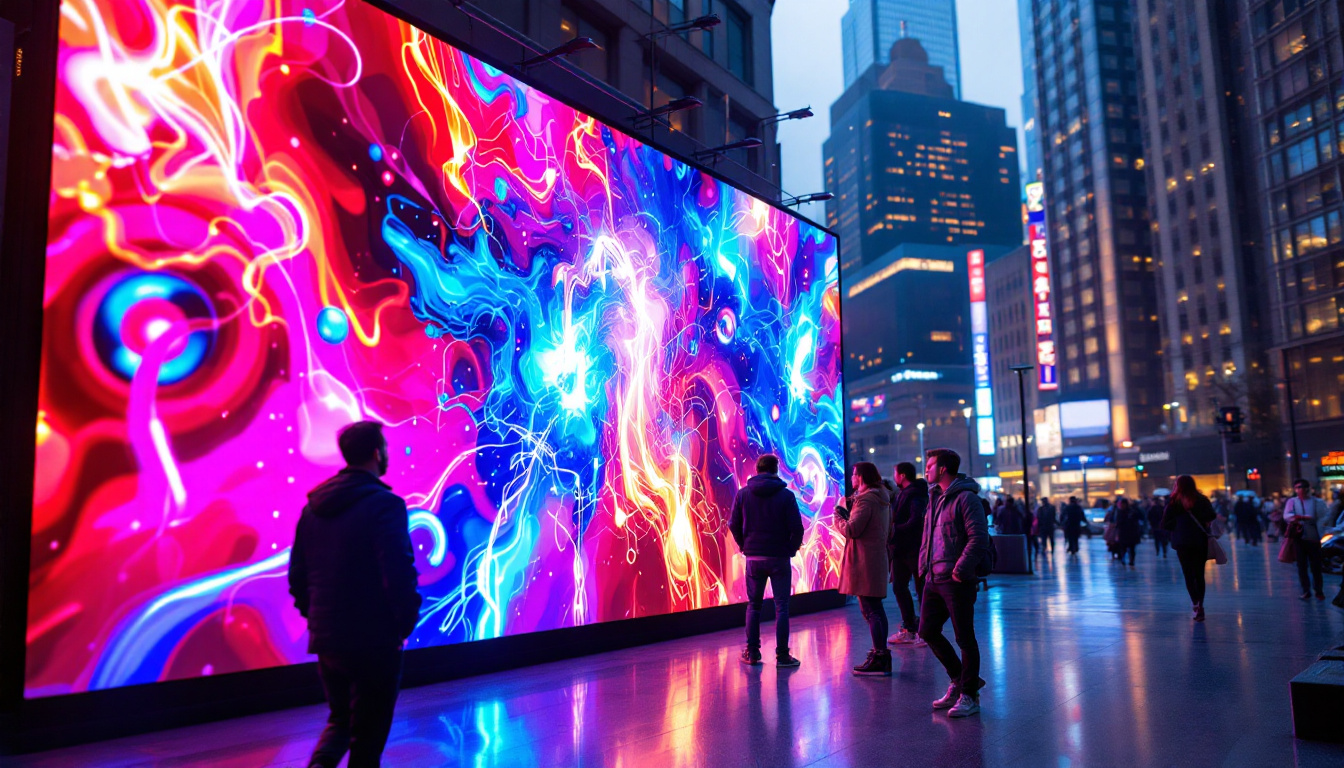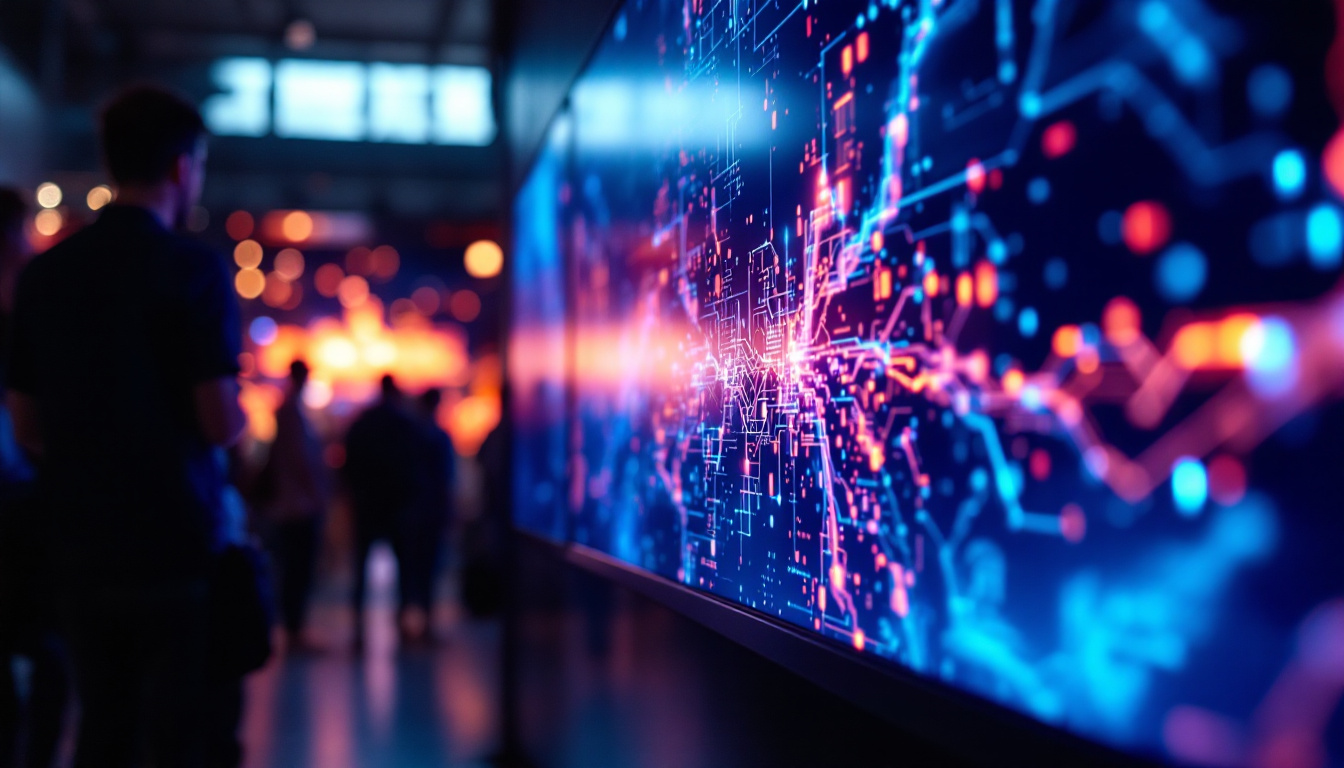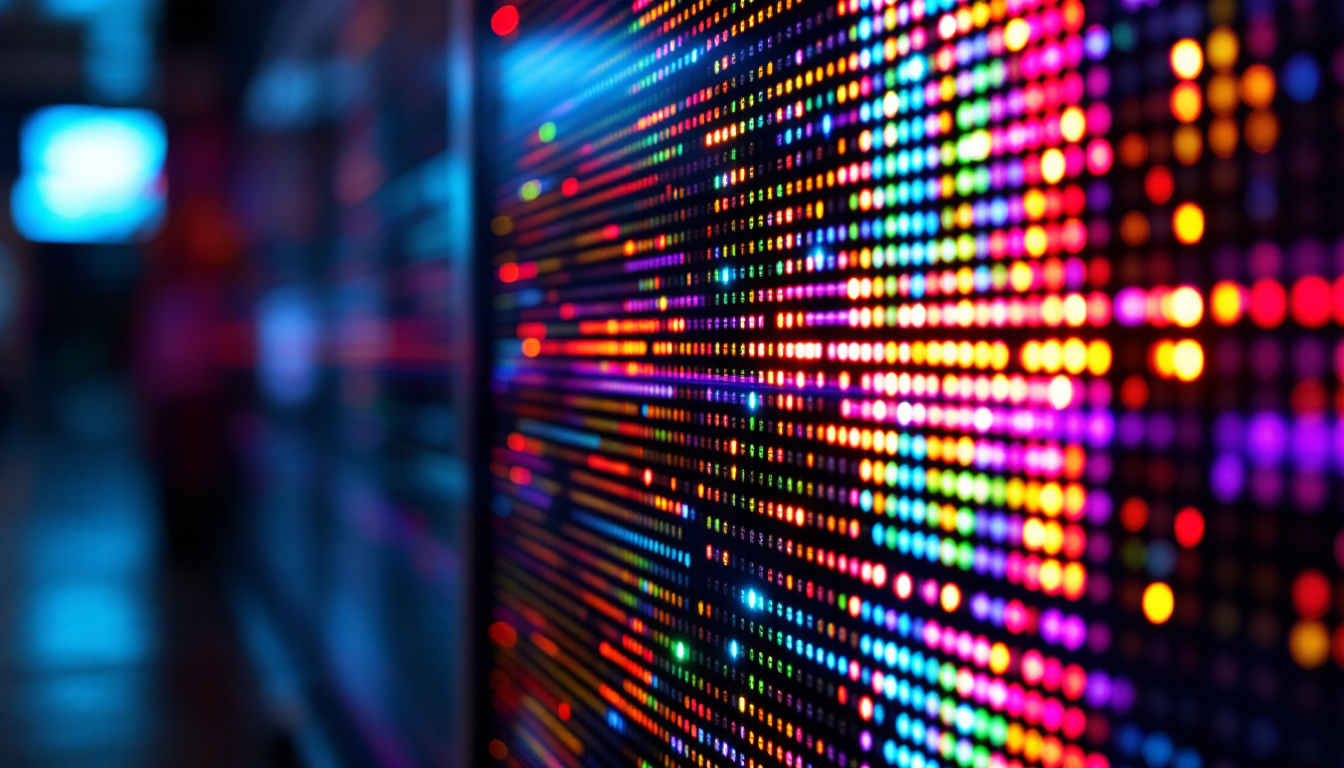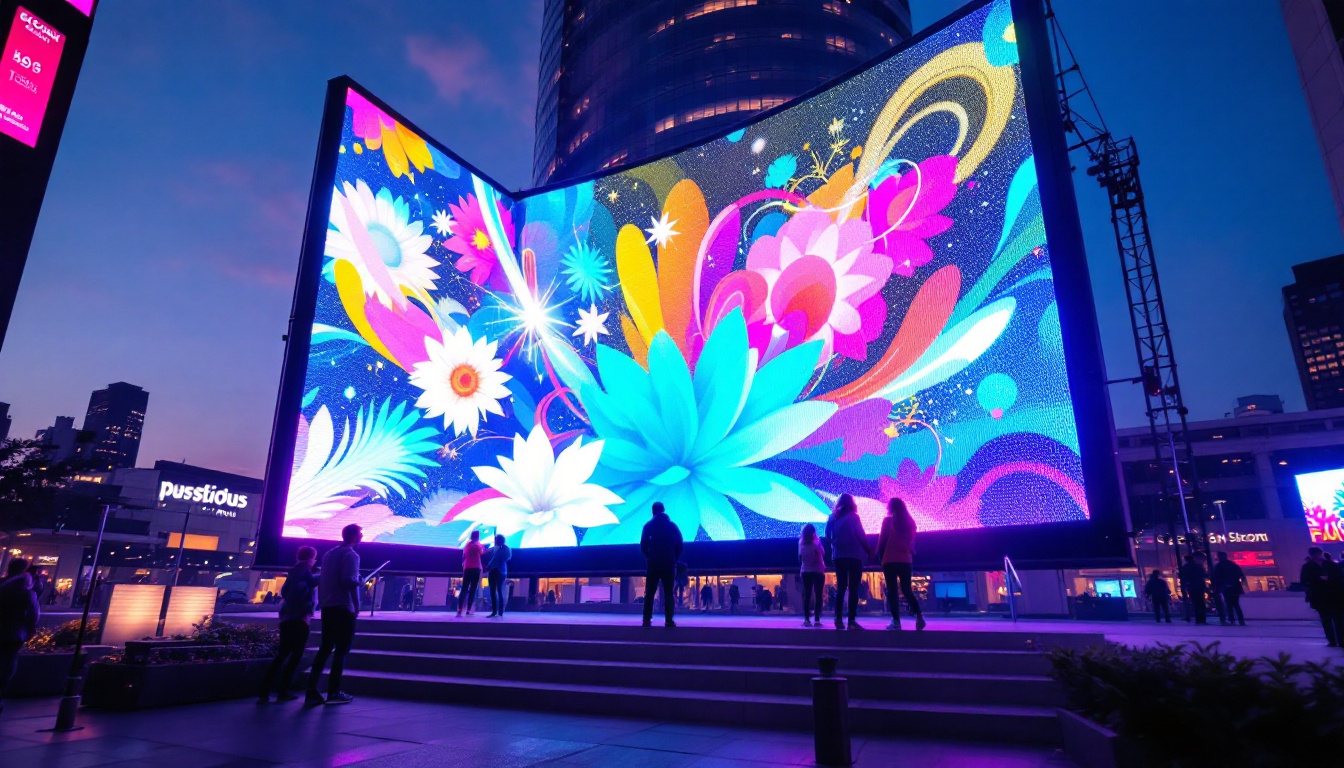In the rapidly evolving world of digital signage and display technology, LED displays have become a cornerstone for businesses, event organizers, and public information systems. Among the various sizes and configurations, large LED displays—often referred to as “Planner Large” in some industry contexts—stand out due to their impressive visual impact and versatility. This article delves into the intricacies of large LED displays, explaining their technology, applications, benefits, and considerations for use.
Understanding LED Display Technology
What Is an LED Display?
LED stands for Light Emitting Diode, a semiconductor device that emits light when an electric current passes through it. LED displays are composed of thousands, sometimes millions, of these tiny diodes arranged in a grid to form images, videos, or text. Unlike traditional LCD or projection-based screens, LED displays produce their own light, which allows for higher brightness, better contrast, and wider viewing angles.
Large LED displays, often used in outdoor advertising, stadiums, and public spaces, are designed to be visible from long distances and under various lighting conditions. Their modular design allows for customization in size and resolution, making them suitable for a wide range of applications. This adaptability has led to their increasing popularity in various sectors, including retail, entertainment, and transportation, where dynamic content can capture attention and convey information effectively.
Key Components of Large LED Displays
At the core of any large LED display are the LED modules, which are the building blocks of the screen. Each module contains numerous LEDs arranged in pixels. The pixel pitch—the distance between the centers of two adjacent pixels—determines the resolution and viewing distance of the display. For large outdoor displays, pixel pitches typically range from 4mm to 20mm or more, balancing resolution with visibility from afar. Displays with a smaller pixel pitch offer higher resolution, making them ideal for close viewing, such as in shopping malls or theaters.
Other critical components include the control system, power supply, and the protective enclosure. The control system processes input signals and manages the display content, while the power supply ensures consistent energy delivery. The enclosure is built to withstand environmental factors such as rain, wind, and dust, especially for outdoor installations. Additionally, many modern LED displays incorporate advanced thermal management systems to dissipate heat effectively, ensuring longevity and consistent performance even in high-temperature environments. This attention to detail in design and engineering is crucial for maintaining the reliability and visual quality of LED displays over time.
Applications of Large LED Displays
Advertising and Marketing
One of the most common uses of large LED displays is in advertising. Billboards equipped with LED technology offer dynamic, eye-catching content that can be updated in real-time. According to a 2023 report by the Digital Signage Federation, LED billboards have increased advertising engagement rates by up to 35% compared to static billboards, thanks to their vivid colors and motion capabilities.
Brands leverage large LED displays in high-traffic urban areas to deliver targeted campaigns, seasonal promotions, and interactive content. The ability to schedule different ads throughout the day or week allows for maximum audience reach and relevance. Additionally, the integration of social media feeds into these displays enables brands to create a two-way communication channel with consumers, fostering a sense of community and encouraging user-generated content. This interactive approach not only enhances brand visibility but also builds customer loyalty as audiences feel more connected to the brand’s narrative.
Sports and Entertainment Venues
Stadiums and arenas utilize large LED displays to enhance the spectator experience. These screens provide live game footage, instant replays, player statistics, and interactive fan engagement features. The brightness and clarity of LED displays ensure visibility even under direct sunlight or stadium lighting. Moreover, the incorporation of augmented reality (AR) elements into these displays can create an immersive experience, allowing fans to engage with the game in innovative ways, such as viewing 3D replays or player stats through their mobile devices.
Concerts and festivals also rely on large LED screens to provide close-up views of performers, ensuring that attendees far from the stage can still enjoy the show. The scalability of LED panels allows for creative stage designs and immersive visual effects. Beyond just visuals, these displays can be synchronized with audio systems to create a cohesive sensory experience, enhancing the overall atmosphere of the event. As technology advances, the potential for integrating LED displays with real-time data, such as audience reactions or social media interactions, opens up new avenues for engagement and personalization in live entertainment.
Public Information and Transportation Hubs
Airports, train stations, and bus terminals use large LED displays to convey real-time information such as arrivals, departures, delays, and emergency announcements. The high visibility and reliability of LED technology make it ideal for environments where clear communication is critical. These displays can also be programmed to provide multilingual support, catering to diverse populations and ensuring that all travelers receive essential information in a timely manner.
Municipalities also deploy large LED screens in public squares and streets to broadcast news, weather updates, and community messages, enhancing civic engagement and safety. In addition, these displays can serve as platforms for local artists and community events, showcasing talent and fostering a sense of belonging among residents. By providing a space for public announcements and local happenings, large LED displays not only keep citizens informed but also contribute to the vibrancy and cultural richness of urban environments, making them integral to the modern city landscape.
Benefits of Large LED Displays
Superior Brightness and Visibility
Large LED displays are capable of producing brightness levels exceeding 5,000 nits, which is significantly higher than most LCD screens. This makes them easily viewable in direct sunlight, an essential feature for outdoor installations. The self-emissive nature of LEDs ensures consistent brightness without the need for backlighting, resulting in vibrant and sharp images. Furthermore, the high contrast ratios offered by LED technology enhance the clarity of visuals, making them particularly effective for advertising and public announcements in bustling urban environments. As a result, large LED displays can capture the attention of passersby, even in crowded settings, ensuring that messages are communicated effectively.
Energy Efficiency and Longevity
Compared to traditional lighting and display technologies, LEDs consume less power while delivering higher brightness. Advances in LED technology have improved energy efficiency by up to 30% over the past five years, according to the U.S. Department of Energy. Additionally, LED displays typically have a lifespan of 50,000 to 100,000 hours, reducing maintenance and replacement costs. This longevity not only translates to lower operational expenses but also contributes to sustainability efforts, as fewer displays end up in landfills. Many manufacturers are now focusing on eco-friendly materials and processes in the production of LED displays, further enhancing their appeal to environmentally conscious consumers and businesses alike.
Flexibility and Customization
Large LED displays are highly modular, allowing for custom sizes and shapes tailored to specific installation requirements. This flexibility supports creative applications, from curved screens wrapping around buildings to ultra-wide panoramic displays. Content can be updated remotely and instantly, enabling dynamic messaging and interactive experiences. Moreover, the integration of advanced technologies such as augmented reality (AR) and virtual reality (VR) can transform the way audiences engage with content. For instance, businesses can create immersive environments that blend physical and digital elements, captivating viewers and enhancing brand experiences. This adaptability not only makes LED displays suitable for various venues, including stadiums, shopping malls, and corporate environments, but also opens up new possibilities for artistic installations and experiential marketing campaigns.
Considerations When Choosing a Large LED Display
Resolution and Pixel Pitch
Choosing the right resolution and pixel pitch depends on the intended viewing distance and content type. For example, a display with a 10mm pixel pitch is suitable for viewers standing 10 to 30 meters away, while a 4mm pitch is better for closer viewing. Higher resolution displays provide more detail but come at a higher cost and energy consumption.
Environmental Durability
Outdoor LED displays must be rated for weather resistance, including waterproofing, dustproofing, and UV protection. An IP65 rating or higher is typically recommended for outdoor use to ensure longevity and reliable performance in harsh conditions.
Installation and Maintenance
Large LED displays require professional installation to ensure structural safety and optimal performance. Maintenance considerations include easy access to modules for repairs and cleaning, as well as software support for managing content and diagnostics.
Future Trends in Large LED Displays
Higher Resolution and Mini-LED Technology
Emerging trends point toward even higher resolution displays with smaller pixel pitches, enabled by mini-LED and micro-LED technologies. These advances promise sharper images, improved color accuracy, and greater energy efficiency, expanding the potential uses for large LED displays.
Integration with Smart Technologies
Integration with IoT (Internet of Things) and AI-driven content management systems is becoming more prevalent. Smart LED displays can adapt content based on audience demographics, weather conditions, or real-time events, enhancing engagement and effectiveness.
Sustainability and Eco-Friendly Designs
Manufacturers are increasingly focusing on sustainable materials and energy-saving designs. Recyclable components, reduced power consumption, and longer lifespans contribute to minimizing the environmental impact of large LED installations.
Conclusion
Large LED displays represent a powerful medium for communication, advertising, and entertainment. Their superior brightness, flexibility, and durability make them an ideal choice for a wide range of applications, from bustling city centers to sports arenas and transportation hubs. Understanding the technology behind these displays, their benefits, and key considerations ensures informed decisions when planning and implementing large-scale LED solutions.
As technology continues to advance, large LED displays will become even more versatile and impactful, offering exciting opportunities for businesses and communities to connect with their audiences in vibrant and dynamic ways.
Illuminate Your Space with LumenMatrix
Ready to transform your environment with the vibrant, dynamic power of LED displays? LumenMatrix is at the forefront of LED display technology, offering a wide array of solutions that cater to your unique needs. From Indoor and Outdoor LED Walls to specialized options like Vehicle, Sports, and Floor LED Displays, our products are designed to captivate and engage. Discover how our Custom, All-in-One, and Transparent LED Displays can revolutionize your visual communication. Check out LumenMatrix LED Display Solutions today and elevate your brand’s presence to new heights.

